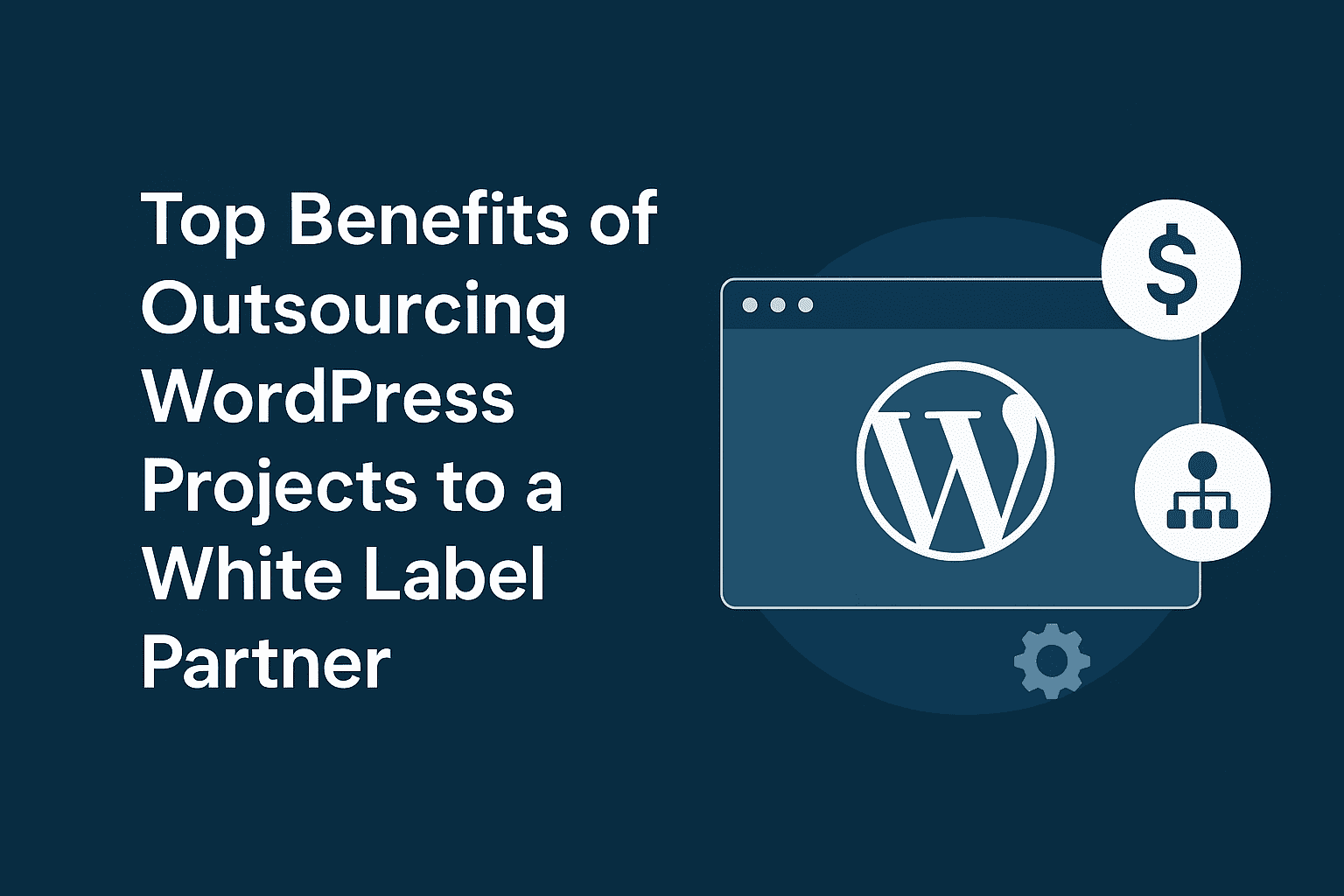Introduction
WordPress continues to be the world’s most popular content management system (CMS), powering over 40% of websites globally. However, with popularity comes risks, and WordPress remains a major target for cyber threats. As we move into 2025, website security has never been more critical.
Cybercriminals are becoming more sophisticated, and new vulnerabilities emerge regularly. Without proper security measures, websites risk data breaches, malware infections, and loss of trust. In this guide, we will explore the best security practices for WordPress in 2025, helping you safeguard your site against evolving threats.
1. Keep WordPress Core, Themes, and Plugins Updated
One of the easiest yet most effective security practices is keeping WordPress and its components updated. Outdated software is a common entry point for hackers.
- Enable automatic updates for WordPress core, themes, and plugins.
- Regularly review and remove unused or outdated plugins and themes.
- Always install updates from trusted sources to prevent vulnerabilities.
2. Use Strong Login Credentials and Two-Factor Authentication (2FA)
Weak passwords are a major security risk. In 2025, securing login credentials is more important than ever.
- Use unique, complex passwords for admin accounts.
- Implement two-factor authentication (2FA) to add an extra layer of security.
- Limit login attempts to prevent brute-force attacks.
- Use password managers to securely store credentials.
3. Secure Your Hosting Environment
Your web host plays a crucial role in your website’s security. Choose a provider that offers robust security features.
- Opt for managed WordPress hosting with built-in security measures.
- Ensure server-side firewalls, malware scanning, and DDoS protection are included.
- Regularly back up your site using offsite cloud storage.
4. Install a Web Application Firewall (WAF)
A Web Application Firewall (WAF) blocks malicious traffic before it reaches your website.
- Services like Cloudflare, Sucuri, or Wordfence provide real-time protection.
- WAFs filter out DDoS attacks, SQL injections, and XSS threats.
- They also enhance website performance by blocking unwanted bots.
5. Enable HTTPS and SSL Certificates
SSL encryption is mandatory for WordPress security and SEO ranking.
- Always use SSL/TLS encryption to secure data transmission.
- Obtain an SSL certificate from your host or providers like Let’s Encrypt.
- Ensure your site uses HTTPS to prevent man-in-the-middle attacks.
6. Regularly Scan for Malware and Security Vulnerabilities
Proactive scanning helps detect security threats before they cause damage.
- Use security plugins like MalCare, Sucuri, or Wordfence for routine scans.
- Set up automated alerts for suspicious activities.
- Remove any compromised files immediately and restore clean backups.
7. Implement Role-Based Access Control (RBAC)
Not everyone needs full admin privileges. Restrict user permissions to minimize risks.
- Assign roles such as Editor, Author, or Subscriber based on responsibilities.
- Limit admin access to trusted users only.
- Disable file editing in the WordPress dashboard using:
define('DISALLOW_FILE_EDIT', true);
8. Change Default Login URL
Hackers commonly target the default WordPress login URL (/wp-admin).
- Use plugins like WPS Hide Login to customize the login URL.
- Avoid using predictable usernames like “admin.”
- Restrict login access to specific IP addresses if possible.
9. Regularly Back Up Your Website
Regular backups can save your website in case of an attack.
- Schedule automated daily backups.
- Store backups in multiple locations (cloud storage + local drive).
- Use reliable services like UpdraftPlus, BlogVault, or VaultPress.
10. Secure WordPress Database
Your WordPress database contains sensitive information and should be well-protected.
- Change the default database prefix (
wp_) to something unique. - Restrict database access with strong passwords.
- Regularly optimize and clean up your database to remove unused data.
11. Monitor Website Activity Logs
Tracking website activity helps detect unauthorized access or changes.
- Use plugins like WP Security Audit Log to monitor actions.
- Keep an eye on failed login attempts and suspicious behaviors.
- Set up email alerts for unusual activities.
12. Disable XML-RPC If Not Needed
XML-RPC is commonly exploited for brute-force and DDoS attacks.
- Disable it if your site doesn’t require remote posting by adding this to
.htaccess:<Files xmlrpc.php> Order Allow,Deny Deny from all </Files> - Alternatively, use the Disable XML-RPC plugin.
13. Implement Content Security Policy (CSP)
CSP helps prevent Cross-Site Scripting (XSS) and data injection attacks.
- Add a CSP header to your
.htaccessfile:Header set Content-Security-Policy "default-src 'self'; script-src 'self' 'unsafe-inline'" - Define trusted sources for scripts, images, and stylesheets.
14. Stay Informed About WordPress Security Trends
Security threats evolve, and staying updated helps prevent attacks.
- Follow WordPress security blogs and communities.
- Subscribe to vulnerability databases like WPScan.
- Keep security knowledge up to date through official WordPress forums.
Conclusion
WordPress security in 2025 demands a proactive approach. By following these best practices—keeping software updated, securing logins, using firewalls, and regularly scanning for malware—you can significantly reduce your risk of cyberattacks.
A well-secured WordPress site not only protects sensitive data but also ensures a better experience for visitors. Implement these strategies today and safeguard your website against emerging threats.



